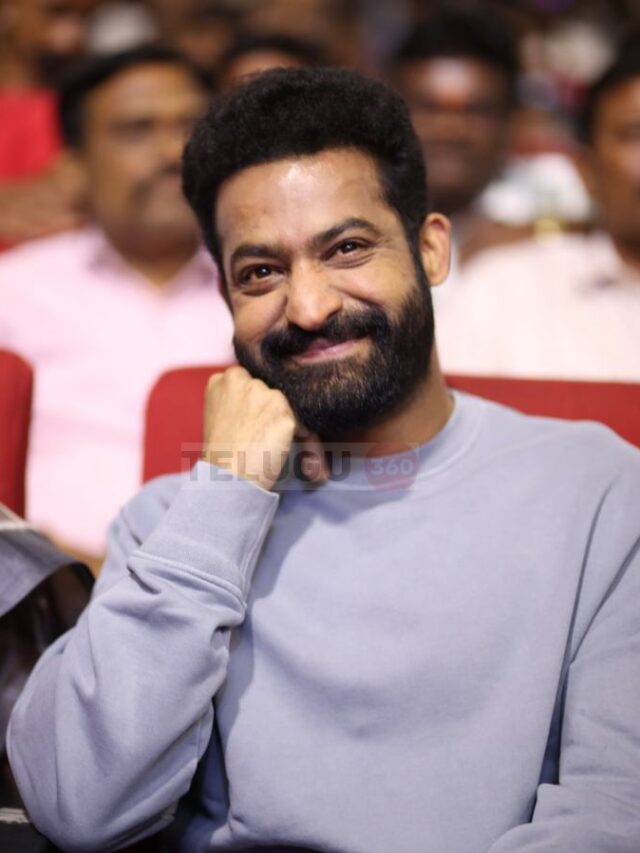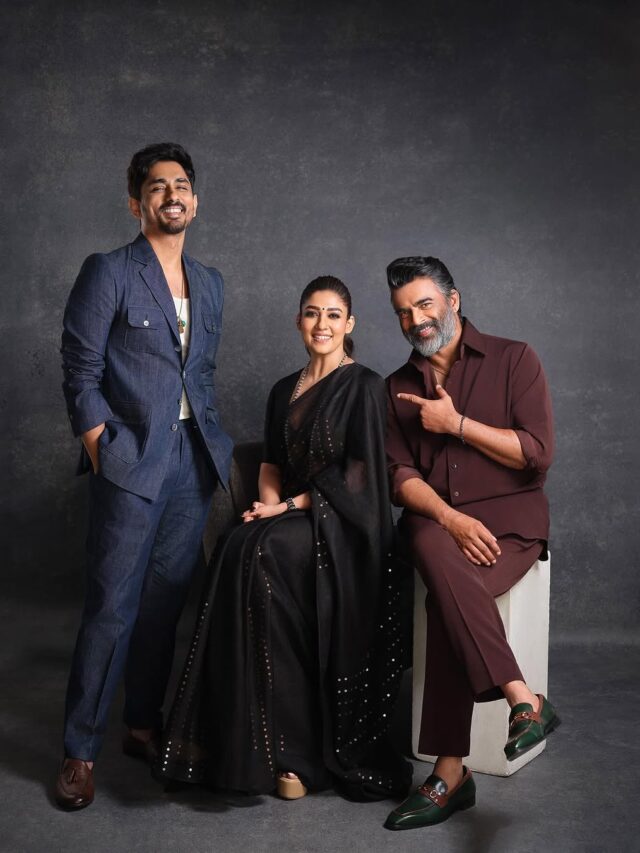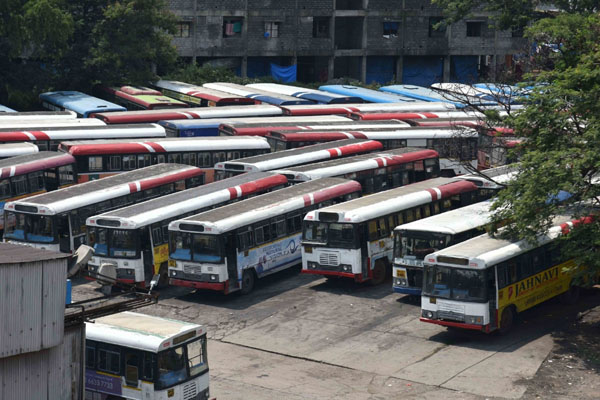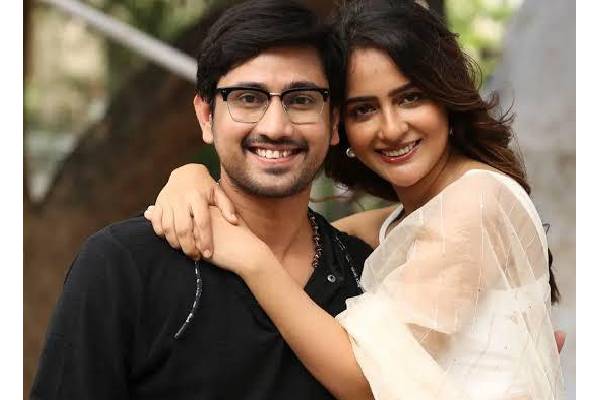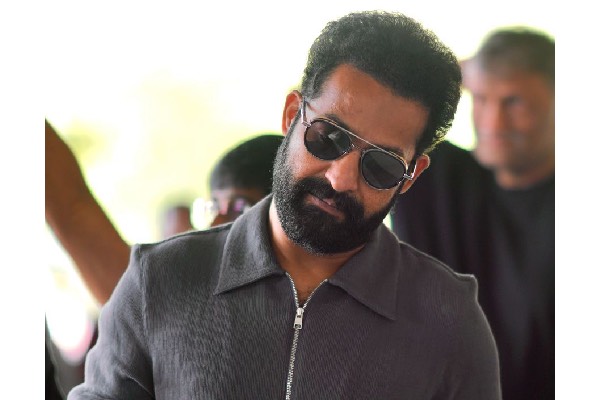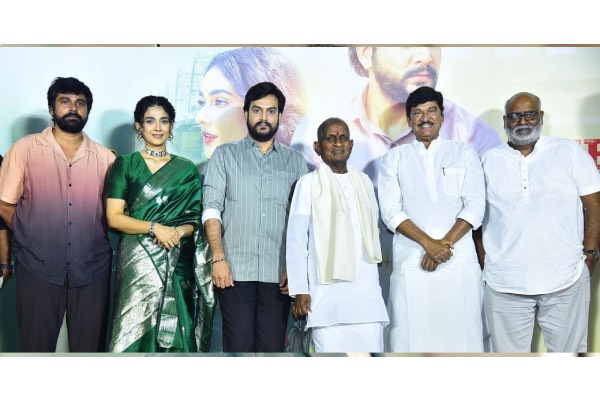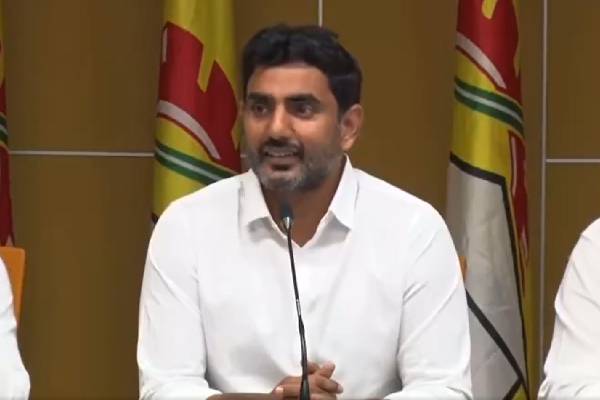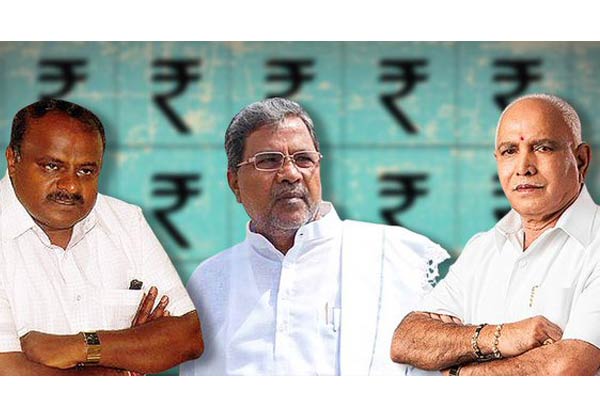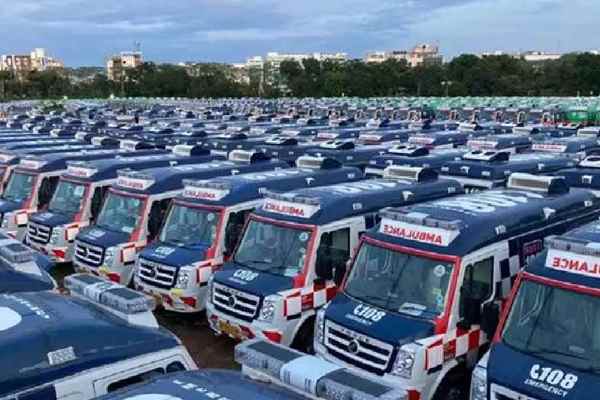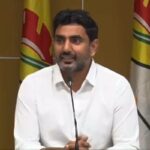
If a majority of elected MLAs formed a coalition, the governor would be constitutionally right to invite the leader of the majority coalition to form the government and prove their majority within a short period.
The Supreme Court upheld this position in March 2017 while disposing the petition by the leader of the congress legislature party contesting Governor’s decision to invite leader of the BJP led post poll coalition. Even top lawyer and BJP leader, Arun Jaitley also made a similar argument at the time of formation of Goa government.
There are many precedents to this effect.
- 1. In the elections to the Goa Assembly in March 2017, which has a strength of 40, the Congress won 17 while the BJP won 13. The BJP, however, was invited to form the government after a post-election coalition with other parties.
- 2. Manipur Assembly elections in 2017, which has a strength of 60, Congress had won 28 and BJP won 21 seats. But BJP was asked to form the government on the basis of a post-poll arrangement.
- 3. In the elections to Meghalaya Assembly in March 2018, out of the total strength of 60, Congress had 21 while the BJP had only 2. The BJP, however, was invited to form the government by the Governor on the basis of a post-poll arrangement which showed a majority.
- 4. The BJP winning 30 out of 81 seats in Jharkhand and JMM leader Shri Shibu Soren with a support of 17 MLAs of his party plus others was invited to form the government.
- 5. In 2002 in Jammu and Kashmir, the National Conference had 28 MLAs but the governor invited the PDP and Congress combination of 15 + 21 MLAs to form the government.
- 6. In 2013, the BJP won 31 seats in Delhi, but the AAP with 28 MLAs with support of Congress was invited to form the government.
Jaitley also added that similar precedents had been set in 1952 in Madras, 1967 in Rajasthan and 1982 in Haryana.
The question of single largest party versus a combine with majority support had been settled by former president Shri KR Narayanan in his communiqué in March 1998 when he invited Atal Bihari Vajpayee to form the government.
“The president had said “when no party or pre-election alliance of parties is in a clear majority, the Head of State has in India or elsewhere, given the first opportunity to the leader of the party or combination of parties that has won largest number of seats subject to the prime minister so appointed obtaining majority support on the floor of the House within a stipulated time. This procedure is not, however, all time formula because situations can arise where MPs not belonging to the single largest party or combination can, as a collective entity, out-number the single largest claimant. The president’s choice of prime minister is pivoted on the would be prime minister’s claim of commanding majority support”.
( Prof.K. Nageshwar is India’s noted political analyst. He is a former member of the Telangana Legislative Council and professor in the Department of Communication & Journalism, Osmania University, Hyderabad, India )
For More Views:


















